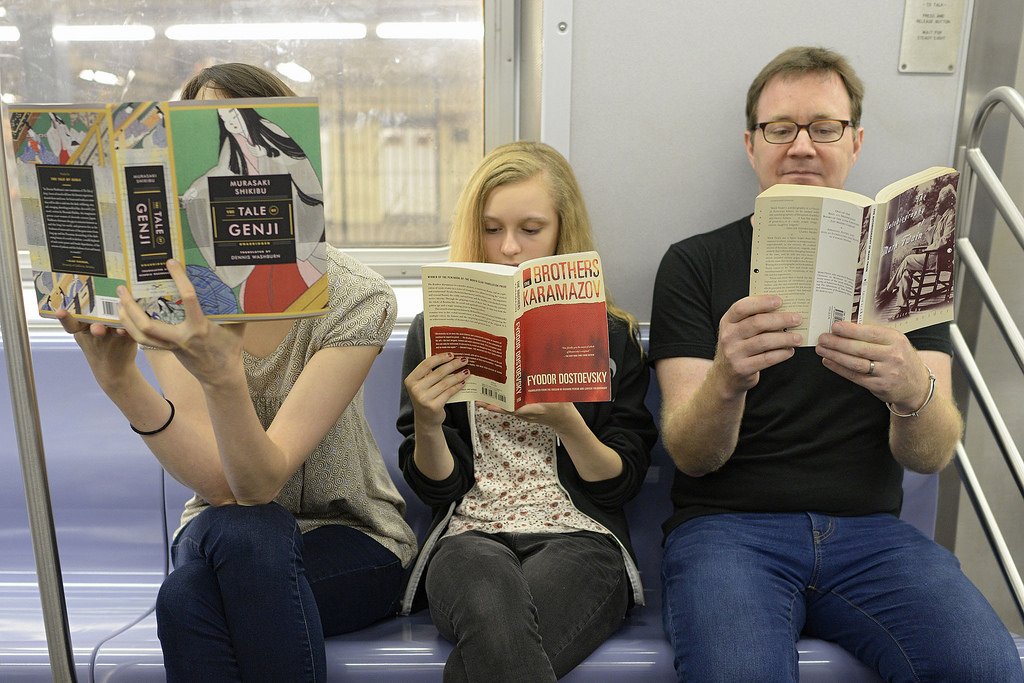Here’s How To Read 10X Faster Than Others
Regardless of whether you read a blog post, examine records for work, or read a book, you generally do some kind of reading each day. But, going through thick pages of content can be tedious, rationally tiring, and hard on your eyes. If you need to opt speed reading while keeping up reading perception, look at these seven hints.
1. REVIEW THE CONTENT:
Reviewing a film’s trailer before viewing the movie gives you an idea and tells you what’s in store. In like manner, seeing a content before understanding it sets you up to speed reading a comprehension of what you’re going to read. To see a content, check it from the earliest starting point to the end, giving careful consideration to headings, subheadings, anything in bold or huge text style, and visual cues. To get a bigger idea understanding, skim the starting and finishing up sections. Attempt to recognize change sentences, look at any pictures or charts, and make sense of how the author organized the content.
2. PLAN YOUR MOVE:
Deliberately moving toward a content will have a major effect in how effectively you can process the material. To begin with, consider your objectives. What would you like to learn by speed reading the content? Scribble down a few questions you want to have to reply by the end. At that point, decide the writer’s objective in composing the material, in view of your review. The author’s objective, for instance, may be to portray the whole history of Ancient Rome, while your objective is just to answer an inquiry concerning Roman ladies’ role in governmental issues. If your objective is more constrained in scope than the author’s, plan to just find and speed read the relevant areas.
Also, change your plan of attack in light of the material you’re going to read. In case you are about to read a thick law or logical content, you ought to presumably plan speed reading of certain entries more gradually and deliberately than you’d read a novel or magazine.
Also, change your plan of attack in light of the material you’re going to read. In case you are about to read a thick law or logical content, you ought to presumably plan speed reading of certain entries more gradually and deliberately than you’d read a novel or magazine.
3. BE MINDFUL:
Speed reading with great perception requires center and focus. Limit outside noise, diversions, and intrusions, and be careful of your thoughts as you read. If you see that you’re fantasizing about your next dinner as opposed to concentrating on the content, gently take your mind back to the material. Numerous readers read a couple of sentences latently, without concentration at that point invest energy backpedaling and re-reading to ensure you comprehend them.
4. TRY NOT TO READ EVERY WORD:
To increase your speed reading, focus on your eyes. A great many people can check in 1.5-inch sets, which, depending upon the text dimension and sort of content, for the most part comprising of three to five words each. Instead of reading each word exclusively, move your eyes in an examining movement, bouncing from a part (of three to five words) to the following set of words. Exploit your peripheral vision to accelerate around the start and end of each line, concentrating on squares of words instead of the first and last words. Pointing your finger or a pen at each set of words will enable you to figure out how to move your eyes rapidly through the content. Furthermore, it will urge you not to subvocalize as you read. Subvocalization, or noiselessly articulating each word in your mind as you read, will back you off and occupy you from the writer’s primary point.
5. TRY NOT TO READ EVERY SECTION:
As indicated by Dartmouth College’s Academic Skills Center, it’s an antiquated myth that students read each segment of a course book or article. Unless you’re reading something critical, avoid the segments that aren’t important to your motivation. Reading specifically will make it workable for you to process the principle purposes of numerous writings, as opposed to just having sufficient energy to completely read a couple of sections.
6. COMPOSE A SUMMARY:
Your job shouldn’t end when you read the last word on the page. After you get done with speed reading, compose a couple of sentences to outline what you read, and answer any inquiries you had before you began reading. Did you realize what you were planning to learn? By spending a couple of minutes in the wake of reading to think, combine the data, and compose what you learnt, you’ll memorize the material in your brain and have better review later. In case you’re a more visual or verbal student, draw a mind delineate or tell somebody what you learned.
7. PRACTICE SPEED READING:
Moving toward a content deliberately, speed reading effectively, and condensing successfully takes rehearsal. In case you need to enhance your speed reading, utilize a clock to test what number of words (or pages) every moment you can read. As you’re ready to read quicker and speedier, check in with yourself to make sure you’re beyond any doubt your level of appreciation.
BENEFITS OF SPEED READING:
When we read at a relaxed pace, it allows us to acknowledge words in an unexpected way. Consider reading line by line like halting to welcome a delightful blossom plant with an amplifying glass or burning through thirty minutes inspecting a bit of fine art work passing by you. You may believe that you have to look that carefully, and you may see some unbelievable things, yet you’re feeling the loss of the totality of the scene.
Speed reading gives you the chance to take a look at the bigger picture with the goal that you can perceive even the tiniest details.
Applying speed reading procedures makes it feasible for you to remove a greater amount of the enormous thoughts from the things that you read. You not just get more knowledge from each book that you read, however you get the opportunity to appreciate more books en route, as well.
Speed reading gives you the chance to take a look at the bigger picture with the goal that you can perceive even the tiniest details.
Applying speed reading procedures makes it feasible for you to remove a greater amount of the enormous thoughts from the things that you read. You not just get more knowledge from each book that you read, however you get the opportunity to appreciate more books en route, as well.








Comments
Post a Comment